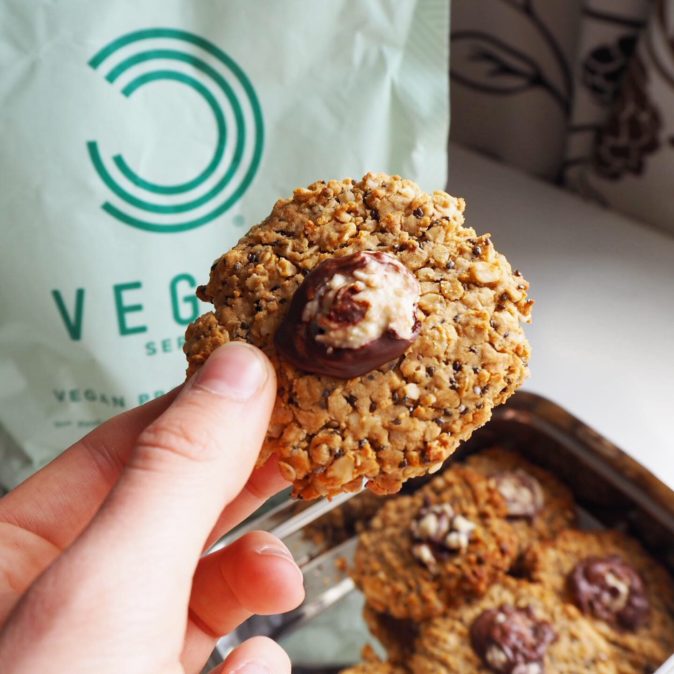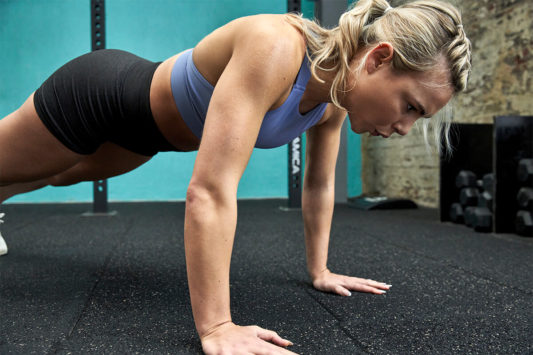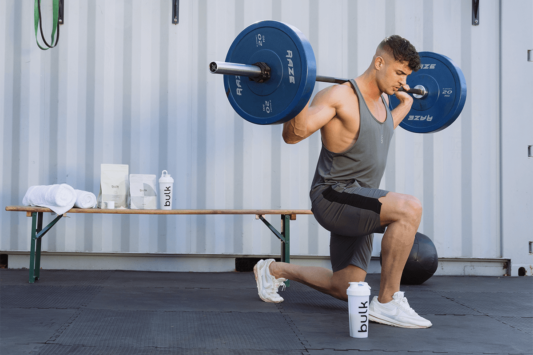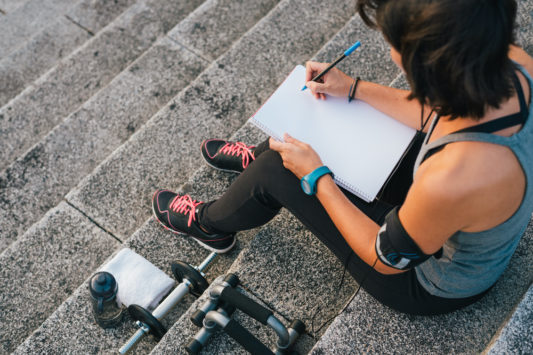Vegan weight loss: Five tips for healthy vegan weight loss
No matter how we cut it, or whatever fancy diet seems to be the latest weight loss fad, all weight loss diets ‘work’ by one simple irrefutable law of the universe…. we must be using (expending) more energy than we are consuming.
There are several ways to work out your calorie needs for weight loss, but online calculators can give you a good idea of where to start to set a reasonable deficit and then, if things aren’t, or stop, moving then you can reduce calories further until they do.
1: Top up your protein intake
We also need to consider that although a calorie deficit will illicit weight loss, that’s not to say that the foods we eat don’t have an impact and influence the way we lose weight… remember we want fat loss, not just weight loss.
The main challenge for vegans is not necessarily eating enough protein, but that many vegan protein sources are also high in either carbohydrates and/or fats so keeping calories down whilst protein intake is high can be challenging.
Low calorie protein sources for vegans include tofu (20g of protein per 250g and 200kcal), seitan (30g or protein per 40g of raw product and 200kcal) and Quorn products (around 20-30g of protein per 200g and 150-180kcal). The added beauty of these products is that they are also ‘complete proteins’ providing all the essential amino acids the body needs
There are also a range of high protein, low calorie vegan protein supplements that are either complete proteins in their own right (in the case of soy protein isolate) or combine different plant sources of protein to make a complete protein sources.
To help protect lean tissue, a higher than normal protein intake is a good idea, with recommendations of upwards of 2g per kg of bodyweight of lean mass. If you don’t know your lean mass and you carry a little extra ‘padding’, then aiming for 1.6+g per kg should be fine.
Protein also has the highest ‘thermic effect of food’ (TEF); this is the energy required to digest and absorb a specific macronutrient and contributes directly to your energy expenditure. The good news is that around 1/3rd of the calories you consume from protein are used up in this way, and to boot, protein is the most filling (satiating) macronutrient to help keep hunger at bay.
2: Eat lots of whole foods
This shouldn’t be too much of an issue for vegans as their diet typically contains lots of fruits, vegetables nuts and seeds. However, we do need to be careful as no matter how healthy these are, they still come with a calorie cost.
Whole foods do have an advantage because, much like protein, they ‘mostly’ have a lot of food volume and fibre for their relative calorie cost. Try to focus on foods that are not energy dense; nuts and seeds are great in moderation and are high in fibre and gold fats but are easy to rack up the calories if you’re not careful.
Green leafy vegetables and unrefined starchy carbohydrates such as rice, oats, potatoes and other root vegetables are great for weight loss as they have a lot of food volume per calorie and are also very filling… for example the humble new potato is only 190kcal for 300g, which is a pretty big portion (around 6-8 spuds), this is exactly why potatoes, oats and rice are a favourite weapon for dieting bodybuilders.
The occasional treat will do you no harm but making sure these make up a small proportion of your diet will definitely help with adherence and controlling hunger.
3: Lift Things
The reason for this is simple, this will (with higher protein intake) help to protect (and even build) lean tissue a key contributor to your metabolic rate. We want all the help we can get for fat loss so preserving muscle is a key priority and we know that a poor dietary approach to weight loss and lack of exercise can lead to muscle loss as well as fat loss.
Although resistance training might not be burning as many calories as doing cardiovascular exercise, even if you do prefer to do ‘cardio’ it is still worth throwing in the odd bit of resistance training. This doesn’t have to be lifting big weights in the gym, body weight exercises and high intensity interval training using ‘functional’ equipment such as sledges, battle ropes, flipping tyres can also do a good job.
4: Get your stroll on
This is without doubt the most underestimated area for weight loss. Many people worry about getting enough exercise, which as we have pointed out above does have benefits for body composition and health. However, maximising your energy expenditure through walking a bit more, taking the lift instead of the stairs, walking to the shops/work expends a lot, lot, more energy than people give it credit for… in fact it typically contributes more to your daily energy expenditure than hitting the gym for an hour.
Aim to hit your 10,000 steps a day and you’ll be on the right track!
5: Measure progress appropriately… not just the number on the scales
Although scale weight is a good measure of progress when looking for trends over the long term, it is also important to understand that weight can fluctuate on a day to day (or even week to week basis) for several different reasons not related to fat loss.
Examples of this include still having waste in the gut, holding water due to increased salt intake and, for women, fluctuations of hormones over the menstrual cycle can have a huge impact on both weight and even measurements… even stress can affect hormones that regulate fluid balance leading to apparent stalling of weight loss.
Although weighing is a useful measure over the long term, it should not be used in isolation to measure progress. It is important to use other measurements such as girths at hips and waist, how clothes fit and pictures to monitor progress and not immediately increasing the amount of deficit you are in unless things truly stop moving in the right direction.
Remember, as you reduce calories protein should remain high. Keep focusing on maintaining your output through exercise and moving more in general and have a diet of mostly whole, fibrous low-calorie density foods and most importantly be consistent and patient!









